Welcome to the East Midlands leading Dry Eye clinic.
We are proud to have the very latest in Dry Eye technology and a deep understanding of the route causes of Dry Eye disease.
…And we don’t say this lightly, with hundreds of hours of study, lectures, conferences and workshops in the UK and abroad - we have developed and keep innovating our specialist Dry Eye appointments.
Over 740 million people worldwide suffer from Dry Eye Disease (DED), yet most aren’t diagnosed.
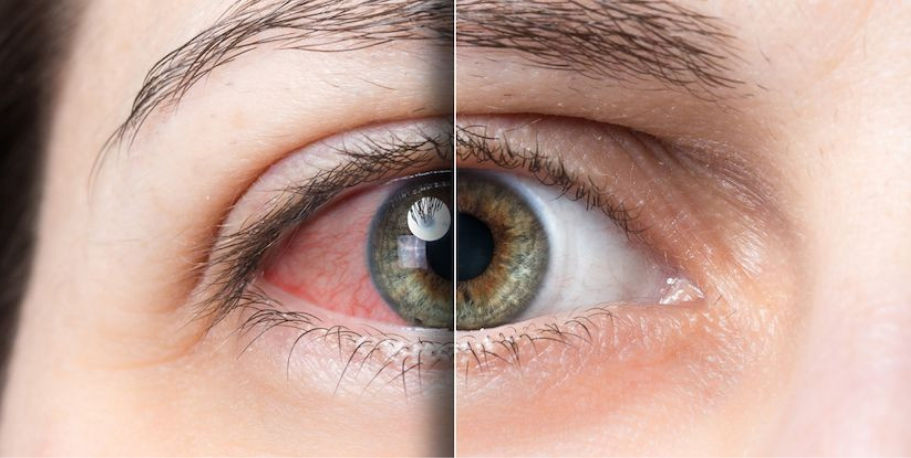
In western countries, 1 out of 5 suffers from DED, above all women over 40 years old (>50%) and those in menopause (>90%). Early diagnosis is extremely important—early, appropriate treatment is best.
Do watery, itchy, or burning eyes at the end of a day sound familiar? These are all symptoms of dry eye, an increasingly common condition in people of all ages.
Dry eye occurs when there is an impairment of the tear film, creating an insufficient amount of tears to keep the eye surface lubricated. For those who suffer, dry eye is a chronic and progressive disease, meaning early diagnosis and proper management is vital.
Over 85% of DED cases is caused by Meibomian Glands Dysfunction (MGD). This occurs due to either the obstruction or malfunction of the Meibomian glands located in the eyelids, responsible for producing the lipid layer of the tears, resulting in excessive tear evaporation. When not working properly, they do not produce enough of the oil component in the tear film, so tears evaporate more rapidly. An insufficient or absent lipid layer can cause tears to evaporate 16x faster.
Find out more...
Common Dry Eye symptoms
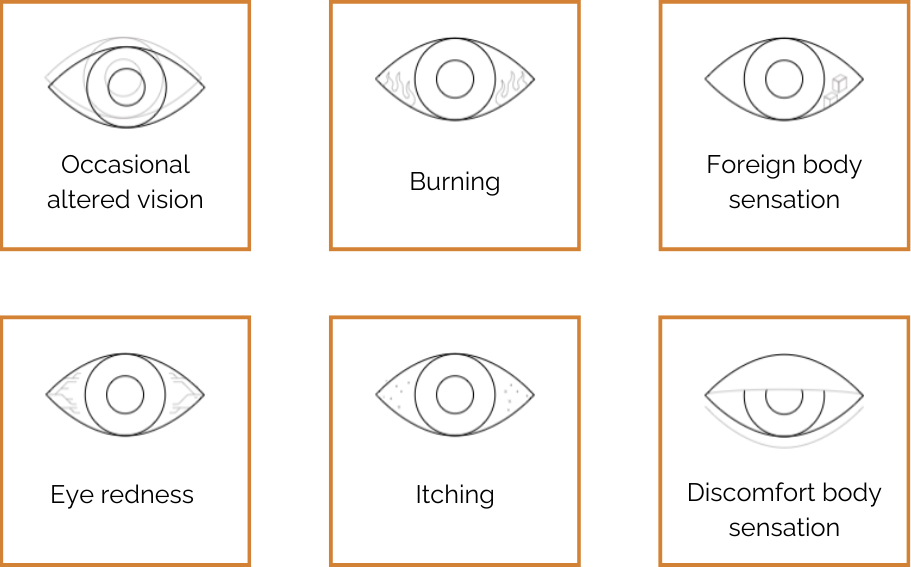
Dry Eye risk factors
The following factors can influence and cause Dry Eye symptoms
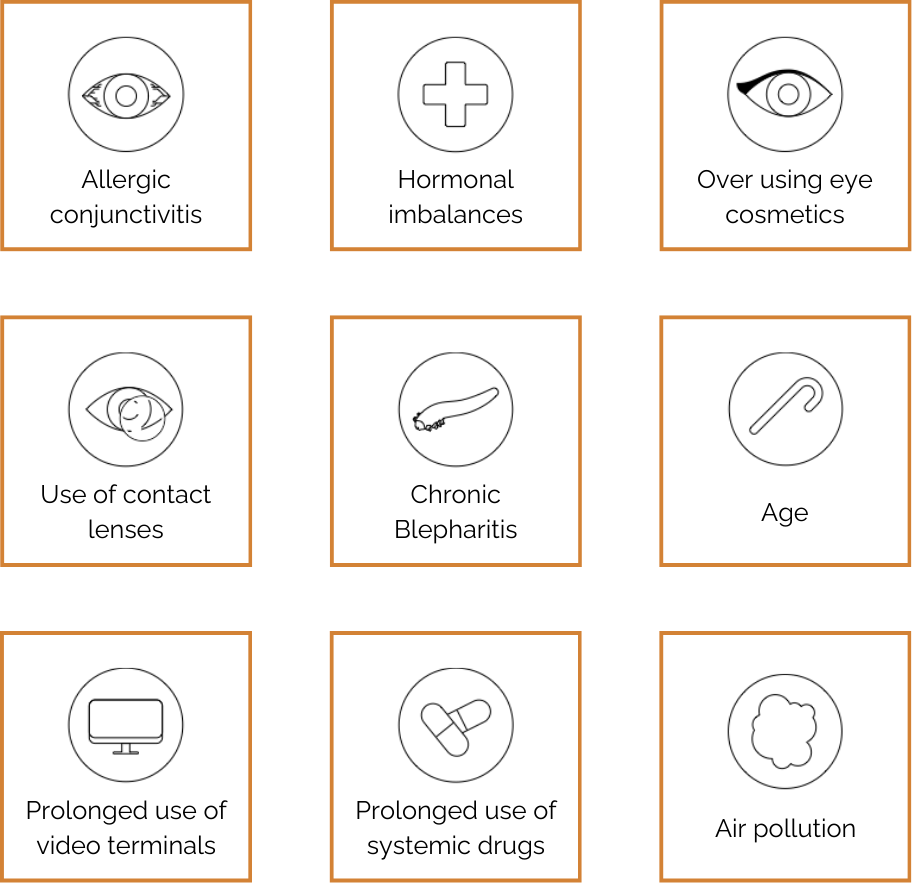
The possibility of incurring Dry Eye Disease is majorly increased by the presence of any of these risk factors.
A proper assessment of your eyes will allow us to start the process of alleviating and managing your symptoms.
We will have a conversation to understand any medical, environmental or lifestyle factors that may be attributing to dry eye.
We will assess your binocular vision to make sure visual stress is not causing your symptoms and we’ll take a closer look, using video imagery, to assess your ocular surface, lid structure, tear film and blink dynamics. The IDRA Dry Eye technology will demonstrate to you the problems with your tear film and where you score from normal. We can use this to form a treatment plan.
Discover relief from this irritating condition with our Dry Eye Assessment...
Clinical Fees:
The cost of a 90 minute Dry Eye Assessment is £250. Please note, we do take payment for the appointment upon booking to reserve the clinic time needed for this assessment.
Follow-up appointments are £95.
Specialist treatments:
Explore our services
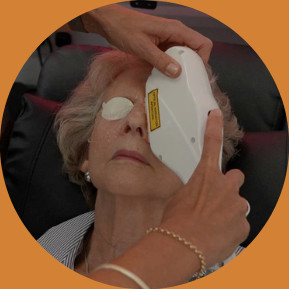
IRPL
Intense regulated pulse light therapy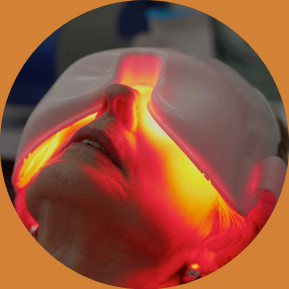
LLLT
Low level light therapy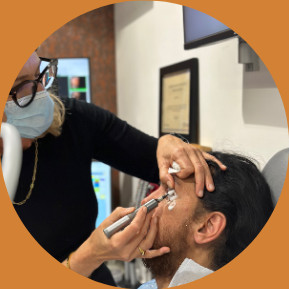
Blephex
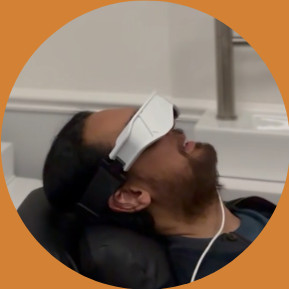
Activa
Testimonials
“Just had my second treatment of IRPL and it was as fast and totally pain-free as the first! I’ve been totally amazed at how effective the treatment has been already, even though I still have 2 treatments remaining. After my first session, my eyes felt better- virtually overnight. They felt much more comfortable and the gritty, sore feeling had disappeared. Since the first treatment, my eyes haven’t itched, I haven’t felt the need for eye-drops and I haven’t needed to use my heated eye-mask (which I was using at least twice a day prior to treatment!)
I am extremely pleased with the results and my eyes feel “normal”, which is INCREDIBLE! Thanks Michelle!”
Carolyn P
“I cannot believe the difference IPL has made to my life; I no longer carry drops around in pockets that I was having to use every hour. My eyes have stopped watering, I can wear mascara again and I even wear my contact lenses sometimes for special occasions. Thank you so much.”
Katie D
“Since IPL my eyes feel and look so much better. The gritty, sore feeling has gone and I don’t look like I have been crying. My eyes feel fresh and my vision is so much clearer. I wouldn’t hesitate to recommend IPL to anyone with Dry Eye disease.”
Debbie C
"My eyes feel more refreshed and hydrated after a full course of the IRPL treatment. This has made a tremendous improvement in my performance at work. I now pop into the practice for a IRPL top up when I feel the need."
Lawrence CH